Imagine a company where two teams, Sales and Technical, share the same network. Both are connected to the same switch, and their traffic flows together without any separation. All network traffic moves freely between every device, with no boundaries or restrictions. At first, it feels simple and convenient, one big network for everyone.
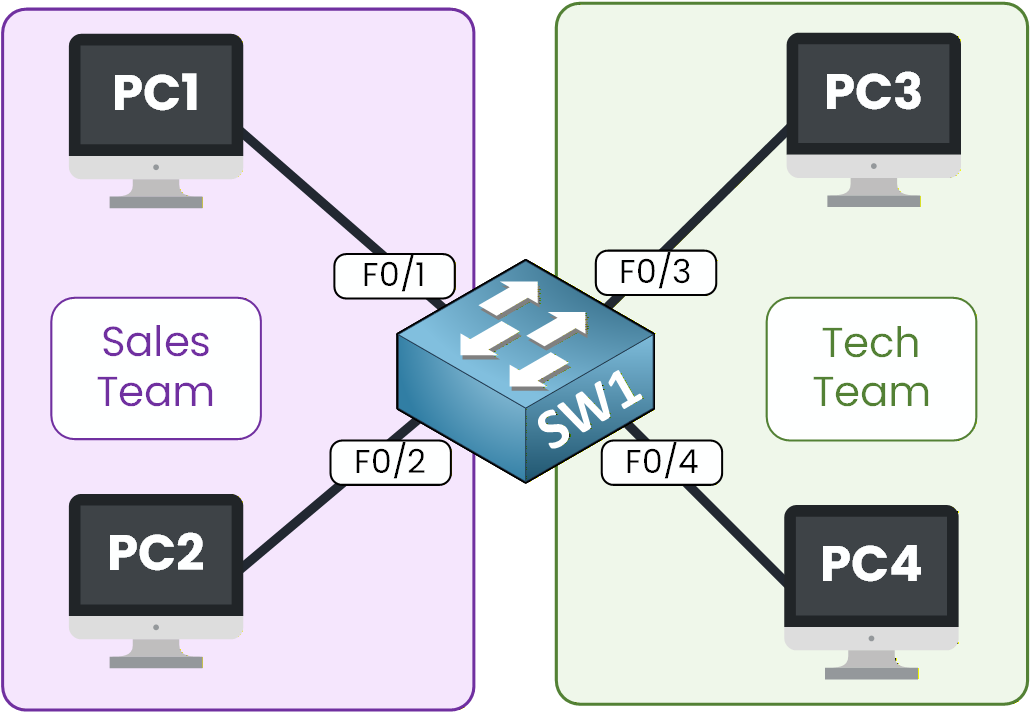
Figure 1 - The switch connected to the sales and tech teams
The Need for VLANs
But under the surface, this setup is far from ideal. When one PC sends an ARP request, the switch forwards it to every other connected device, even those that don’t need it. As the number of devices grows, the network becomes noisier, slower, and harder to manage.
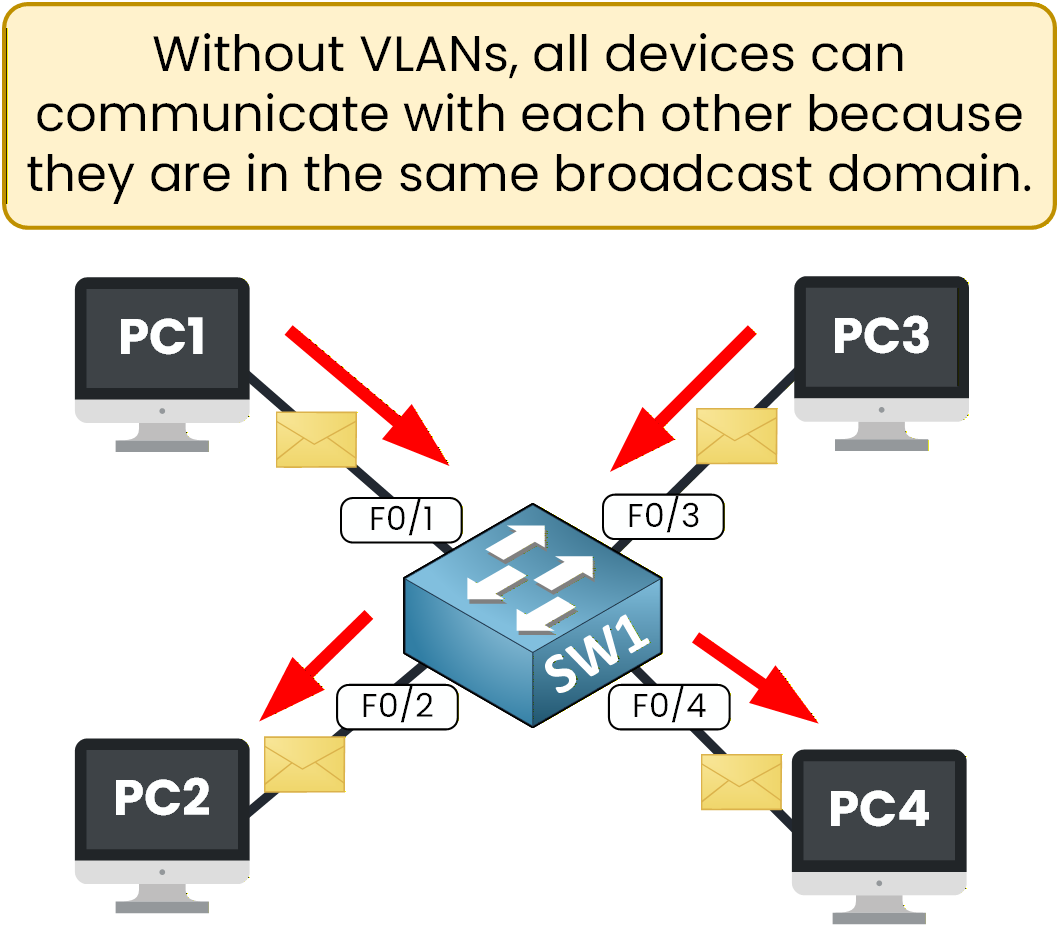
Figure 2 – Default switch behavior: all devices can communicate freelySecurity and Efficiency Risks
There’s also a security concern. Sales and Technical users share the same broadcast domain, meaning they can potentially capture each other’s traffic. Sensitive data, internal files, or credentials might circulate across the same network without restriction. In short, everyone is “in the same room,” and anyone can overhear the conversation.
This situation is neither secure nor practical.
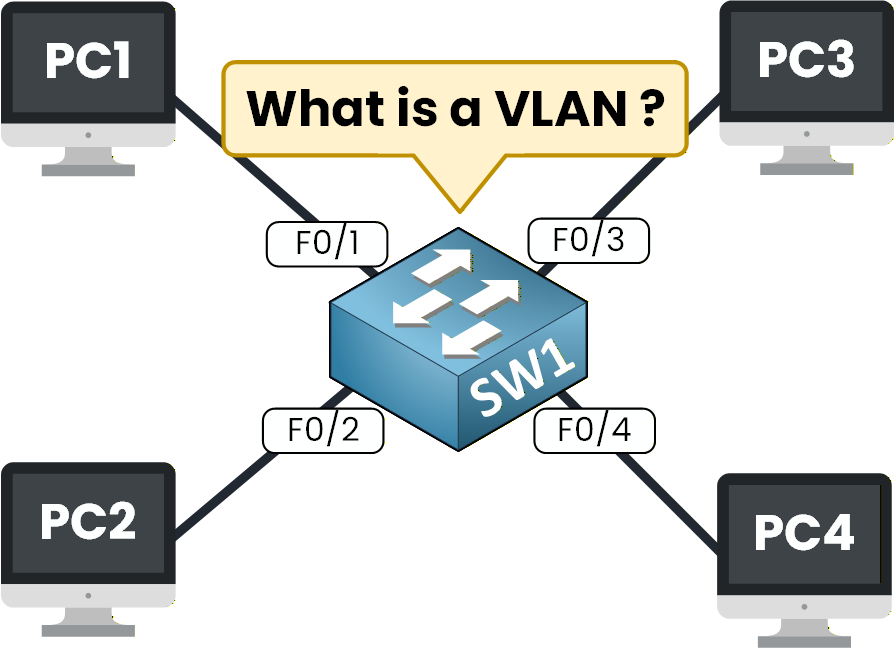
Figure 3 – Illustration of a switch connecting many PCs to explain VLAN concepts.
Why VLANs Were Created
To solve this, network engineers created VLANs — Virtual Local Area Networks. A VLAN divides a single switch into multiple logical networks, each acting as an independent network. You can think of it as building walls inside the same building: Sales and Technical teams still share the same switch, but they now work in separate rooms.
Each VLAN forms its own broadcast domain, keeping traffic isolated and organized. This improves performance, strengthens security, and gives administrators more control over how devices communicate.
This simple concept completely changes how switches operate. It’s one of the most fundamental principles in network design and a core topic in the CCNA. Before diving deeper, let’s see what actually happens when a switch operates without VLANs.
Answer the question below
Let’s look at how a switch behaves before VLANs are introduced. A typical Layer 2 switch, such as a Cisco switch, forwards frames based on MAC addresses. It learns which MAC address is associated with each port and uses that information to deliver traffic efficiently within the same network.
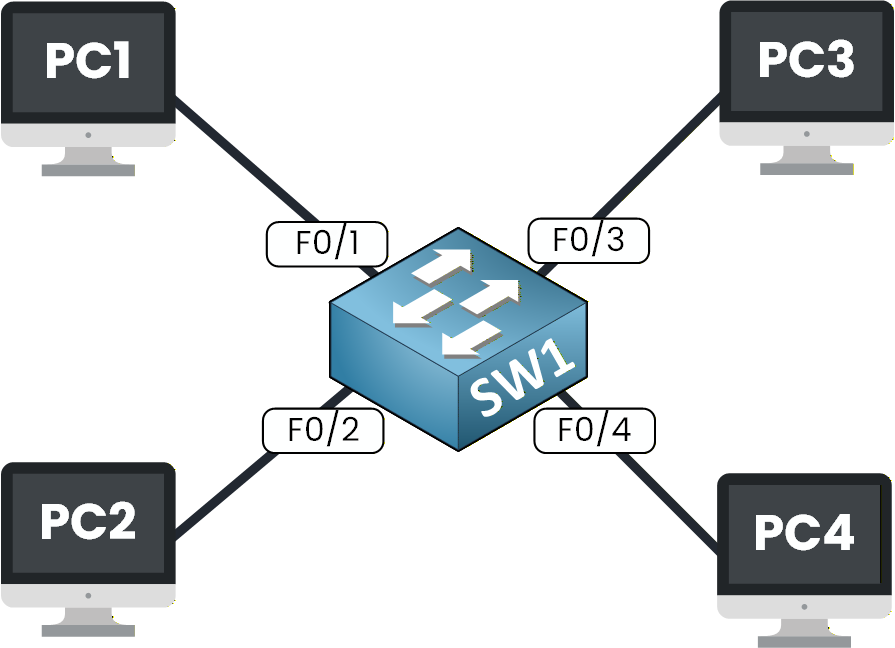
Figure 4 – A basic VLAN diagram showing four PCs connected to a single switch
In this setup, you connect several devices — PC1, PC2, PC3, and PC4 — to the same switch. By default, all switch ports belong to VLAN 1, meaning the entire switch operates as a single network.
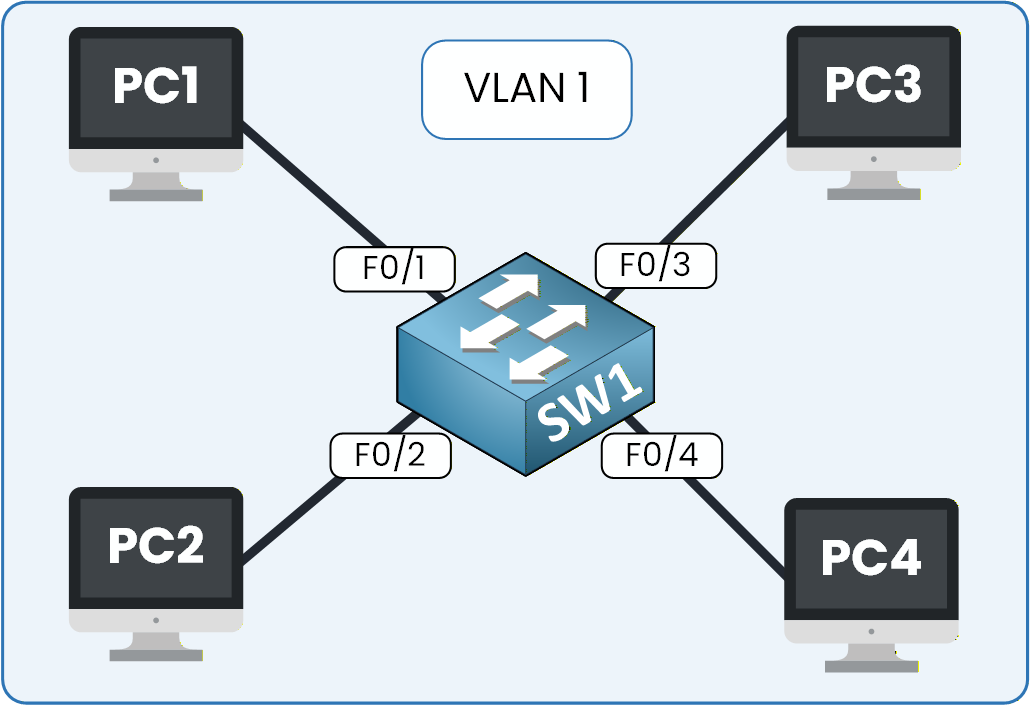
Figure 5 – Default switch behavior with all ports in VLAN 1
All devices share the same broadcast domain. When one PC sends an ARP request, the switch forwards that broadcast out of every other port. Every connected device receives it, even if it’s not the intended recipient.
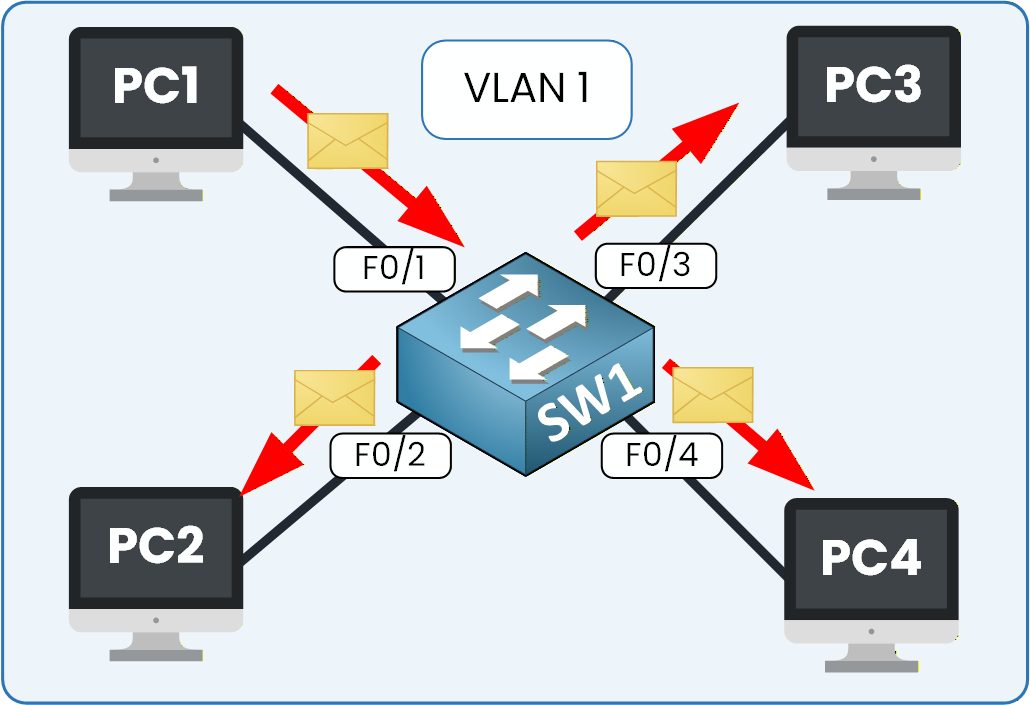
Figure 6 – All PCs communicate inside the same VLAN
This behavior allows open communication, but it also means the network has no segmentation. Every broadcast travels to every device. As the number of connected hosts increases, broadcasts can quickly consume a significant portion of available bandwidth.
It’s as if all devices are sitting in the same room, constantly hearing each other’s messages. While this makes communication simple, it also introduces noise and inefficiency.
Key point
When all devices are in the same VLAN, they share the same Layer 2 broadcast domain, which operates at the Data Link layer. (If you need a refresher, see our OSI Model lesson to understand where Layer 2 fits in the network stack).
Answer the question below
What is the default VLAN on all switch ports?
Now that you know how a switch behaves without VLANs, let’s see what changes once VLANs are introduced.
A VLAN allows a switch to divide its ports into separate logical groups, even if all devices are physically connected to the same hardware. Each group is identified by a
VLAN ID, a number between 1 and 4094, that tells the switch which ports belong together.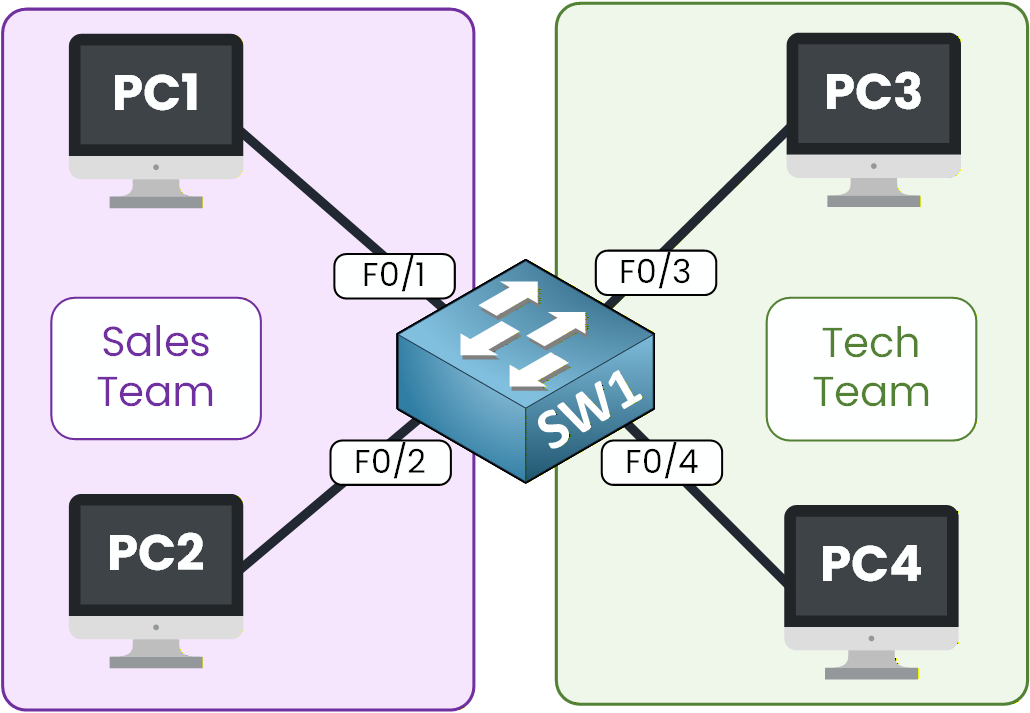
Figure 7 – Devices grouped into Sales and Tech teams, connected to the same switch
In our example, we’ll separate the two teams into different VLANs. The Sales team (PC1 and PC2) will be in VLAN 10, while the Technical team (PC3 and PC4) will be in VLAN 20.
Device
Port
VLAN ID
Team
PC1
G0/0
10
Sales
PC2
G0/2
10
Sales
PC3
G0/1
20
Tech
PC4
G0/3
20
Tech
Table 1 – VLAN assignment and team mapping
Inside the switch, each port is already linked to a specific VLAN. When a frame arrives, the switch immediately knows which VLAN it belongs to and checks its MAC address table, which is maintained separately for each VLAN, to determine the correct output port. This ensures that traffic from VLAN 10 only reaches other VLAN 10 ports, and the same rule applies for VLAN 20.
To make this easier to visualize, let’s look at a few examples together.
VLAN Communication in Action
The switch now behaves as if it were two smaller virtual switches. Each VLAN has its own forwarding logic, so traffic from one VLAN stays isolated from the other.
Let’s follow the communication process. When PC1 sends a frame to PC2, both belong to VLAN 10, so the switch forwards the frame normally. They can communicate directly.
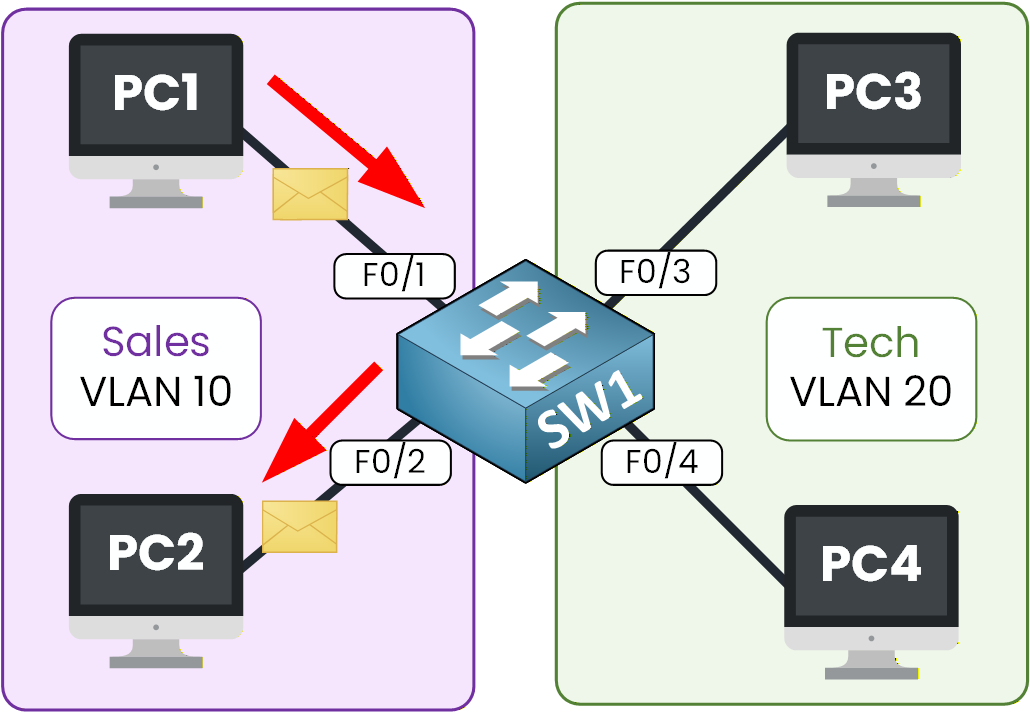
Figure 8 – PC1 can talk to PC2 in VLAN 10. This is allowed since they are in the same VLAN.
Now PC3 sends a frame to PC4. Both are in VLAN 20, so the switch forwards the frame only within that VLAN.
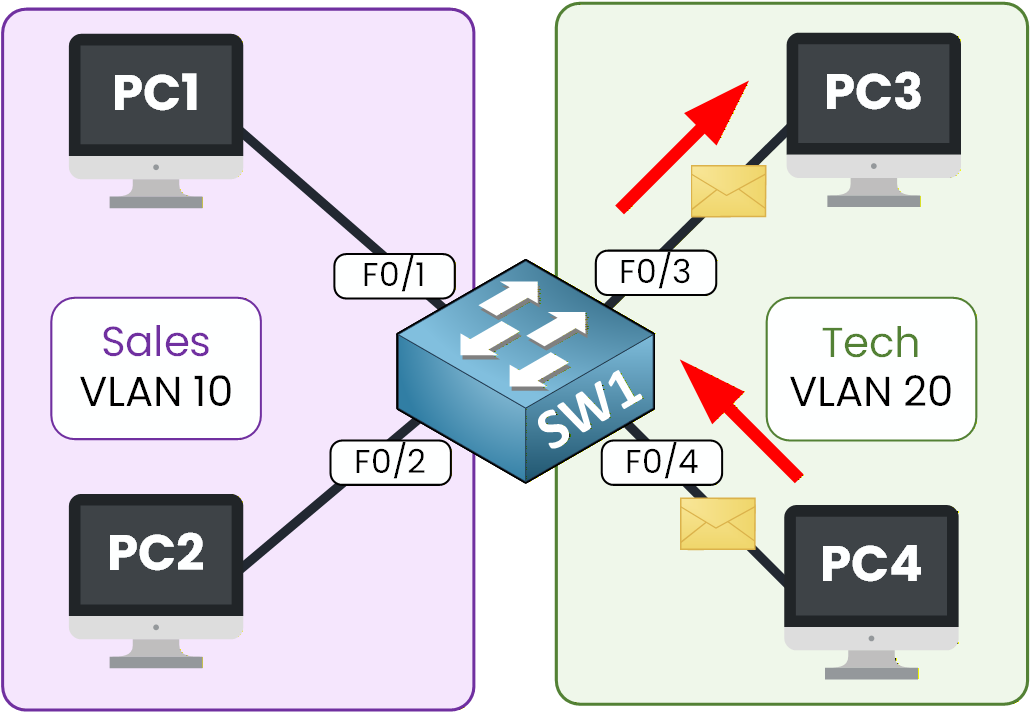
Figure 9 – PC3 communicates with PC4 within VLAN 20; traffic remains isolated from other VLANs
If PC1 in VLAN 10 tries to reach PC3 in VLAN 20, what do you expect the switch to do?
The switch checks the VLAN IDs. Because they belong to different VLANs, the switch drops the frame immediately.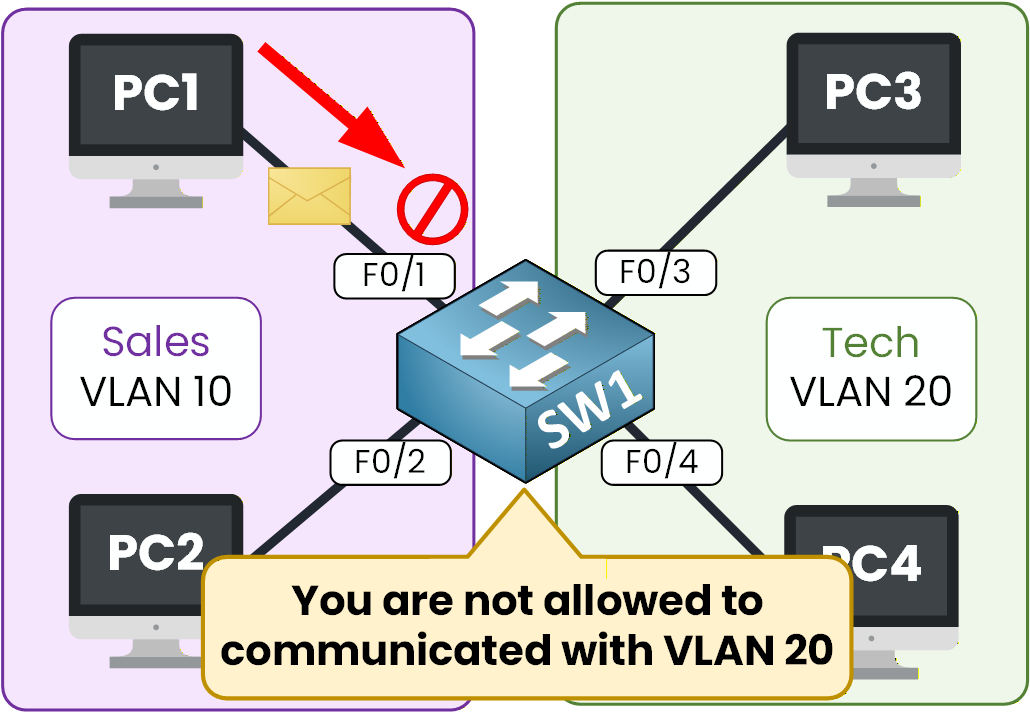
Figure 10 – VLAN 10 and VLAN 20 isolate PC1 from reaching PC3
Traffic from one VLAN cannot cross into another VLAN. To allow communication between VLANs, a Layer 3 device (like a router or multilayer switch) must be used.
Answer the question below
In this lesson, you’ve learned that VLANs are the foundation of network segmentation. They divide a single switch into multiple logical networks, improving both performance and security.
VLANs are standardized under IEEE 802.1Q and used in nearly every modern network, from small offices to large enterprises. They’re an essential part of how switches operate today.
Key takeaways:
VLANs isolate traffic, creating independent broadcast domains at Layer 2.
They enhance security and organization by separating departments logically.
They reduce unnecessary broadcasts and improve overall network efficiency.
It’s up to the network administrator to design and assign VLANs according to the company’s structure. VLAN segmentation is one of the key building blocks of networking, keeping infrastructures scalable, secure, and efficient.
In the next lesson, we’ll move from concept to practice. You’ll learn how to configure VLANs on a Cisco switch, verify their operation, and make sure every device belongs to the right VLAN.
Answer the question below
What do VLANs do to traffic?
What Is a VLAN?
A VLAN (Virtual Local Area Network) splits a switch into multiple broadcast domains. In this lesson, you’ll learn why VLANs are essential for security and segmentation.